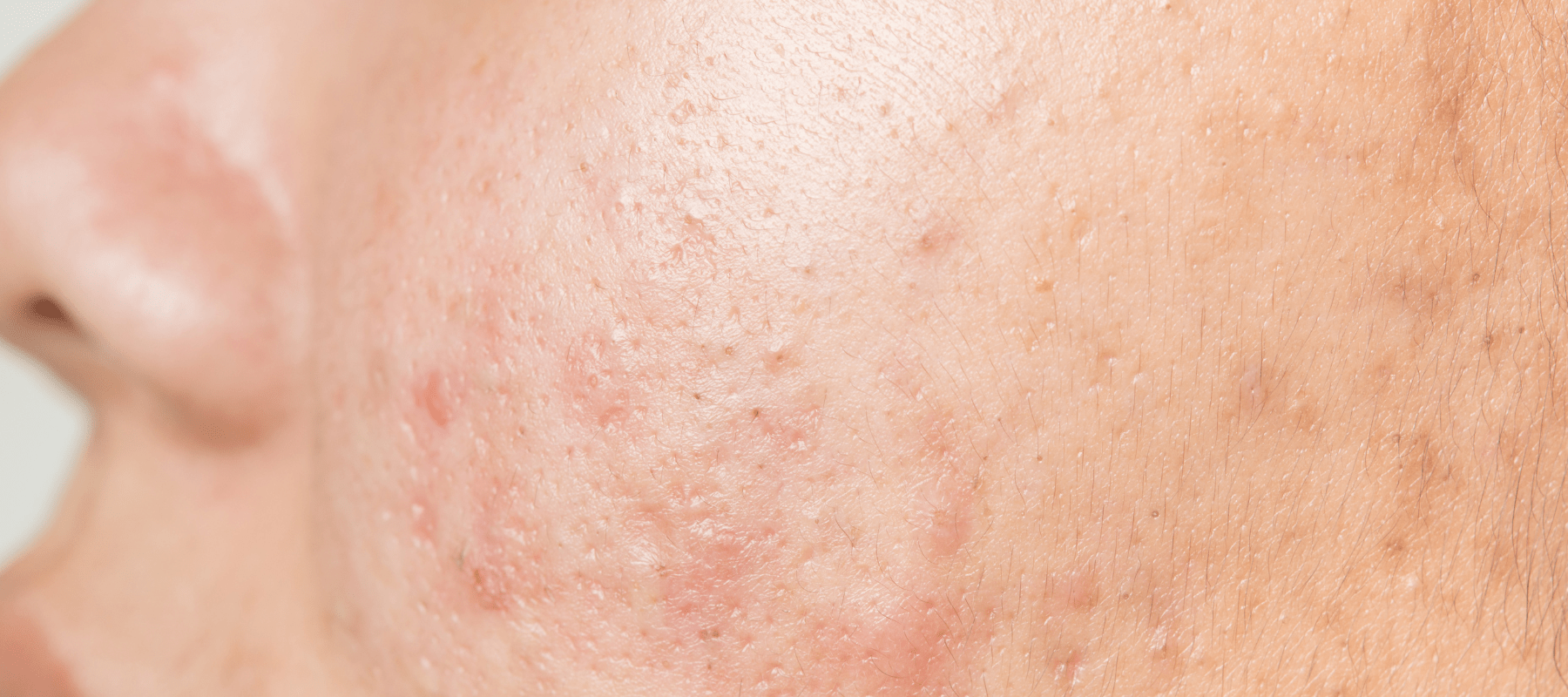
Understanding Atrophic Acne Scars: Causes, Types, and Treatment Options
Millions of individuals around the world suffer from acne, a prevalent skin condition. While the majority of cases of acne resolve on their own or with the use of topical medications, it can occasionally leave behind an unsightly reminder in the shape of acne scars. One of the most common types of acne scars is an atrophic scar, and they can significantly lower someone's confidence and self-esteem.
What are atrophic acne scars?
Atrophic acne scars are indentations or depressions in the skin that develop as a result of the collagen being lost during the healing of acne lesions. These scars can range in size and depth and have a sunken appearance. Determining the best course of action requires an understanding of the many forms of atrophic acne scars.
Types of atrophic acne scars
Let's have a detailed look at the various atrophic acne scars:
1. Icepick scars
Icepick scars are a common type of atrophic acne scar that get their name from how closely they resemble tiny, narrow puncture wounds or icepick holes in the skin. The deep, V- or U-shaped skin depressions these scars leave behind make them easy to spot.
Icepick scars frequently develop after an acne lesion penetrates deeply, damaging the collagen and elastin underlying the skin. The body's natural healing process fails to completely restore the skin's structure, and that's what results in these deep, pitted scars.
2. Boxcar scars
Another variety of atrophic acne scars, boxcar scars are characterised by their sharp, angular edges and a broader, box-like shape. The depth of these scars varies, with some being more superficial than others.
Inflammatory acne affects the collagen-producing tissue deep within the skin, resulting in boxcar scars. The sunken appearance of boxcar scars is caused by the loss of collagen in particular regions.
3. Rolling scars
The surface of the skin will appear wave-like or undulating with rolling scars. They usually only cover a small portion of the skin, which results in an uneven texture.
Causes of atrophic acne scars
Individuals can prevent future outbreaks and select the best course of therapy by being aware of the causes of atrophic acne scars. There are several causes of the atrophic acne scars. Having a comprehensive understanding of these factors is essential as it can help in resisting the formation of acne.
Genetics
Genetic factors influence a person's vulnerability to scarring. Atrophic acne scarring may be a genetic predisposition in some individuals.
Severity of Acne
The likelihood of scarring increases with acne severity and duration. Atrophic scars are more prone to develop in cases of cystic acne in particular.
Delayed or inadequate treatment
Acne must be treated promptly and effectively if you want to reduce the chance of scarring. Acne can get worse if therapy is delayed or insufficient, which increases the risk of scarring.
Prevention of atrophic acne scars
Effective acne treatment is the first step in preventing atrophic acne scars:
Early Treatment
When acne first emerges, seek treatment right away to avoid it getting worse.
Avoid picking or squeezing
Avoid picking or squeezing acne lesions because doing so might make scarring worse.
Sun protection
Sun exposure should be avoided because UV rays might make scars more noticeable.
Professional guidance
For individualised acne therapy and scar avoidance measures, consult a dermatologist.
Also Read: What are Acne Scars?
Treatment options for atrophic acne
Atrophic acne scarring can be difficult to treat. However, there are a number of methods that can be helpful. Let's have a look at them:
Topical treatments
The appearance of scars can be lessened thanks to some topical lotions and gels that contain retinoids and alpha hydroxy acids.
The Pink Foundry's Acne Care & Healing Gel Moisturiser with Tea Tree & Cica can greatly aid in fighting acne and giving clearer skin.
Apart from the potent moisturiser, the Clearing & Calming Acne Face Wash and Overnight Acne Spot Corrector are two powerful skincare products from The Pink Foundry that work seamlessly to treat acne successfully. While the face wash purifies and calms irritated skin, the acne spot corrector aims to lighten and get rid of the facial spots.
Microneedling
This minimally invasive technique can lessen the depth of scars and boost collagen formation.
Chemical peels
Applying a solution to the skin allows the top layer to be removed, exposing smoother skin below.
Dermal fillers
Depressed scars can be temporarily filled in using injectable fillers, improving the look right away.
Laser therapy
Scar tissue can be the target of laser therapies like fractional laser therapy, which also encourages collagen remodelling.
Microdermabrasion
The texture and look of scars can be improved by using this exfoliating approach.
Surgical procedures
Deep scars may occasionally be treated with surgical treatments like punch excision.
The nature and extent of the scars, as well as personal circumstances, influence the therapy option. To decide the best course of action for your unique situation, you must contact a dermatologist or skincare expert.
An excellent regimen for getting a smoother, acne-free complexion is one that fights blemishes and promotes healthier, cleaner skin.
Conclusion
Atrophic acne scars can be emotionally upsetting, but people can regain confidence in their skin with the right knowledge, precautions, and access to several treatment choices. The key to treating acne and reducing the long-term effects of atrophic scars on one's skin and self-esteem is early intervention and professional supervision.






















































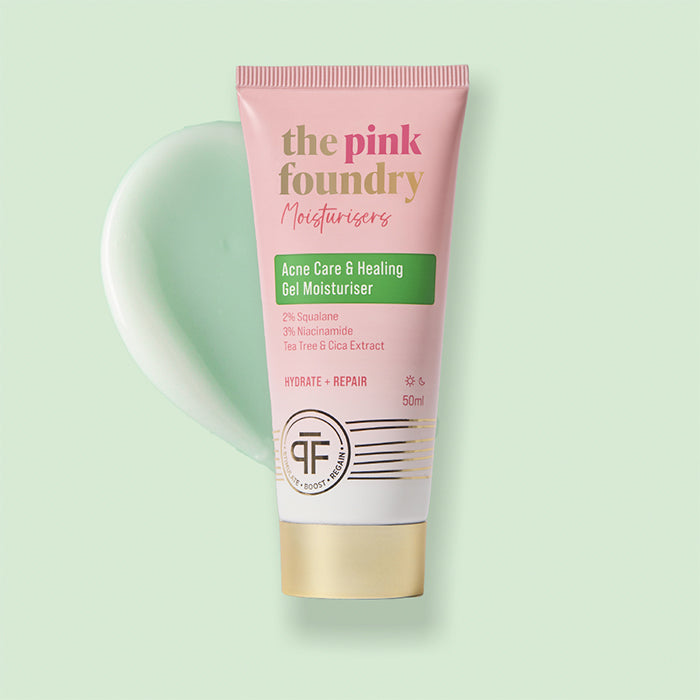
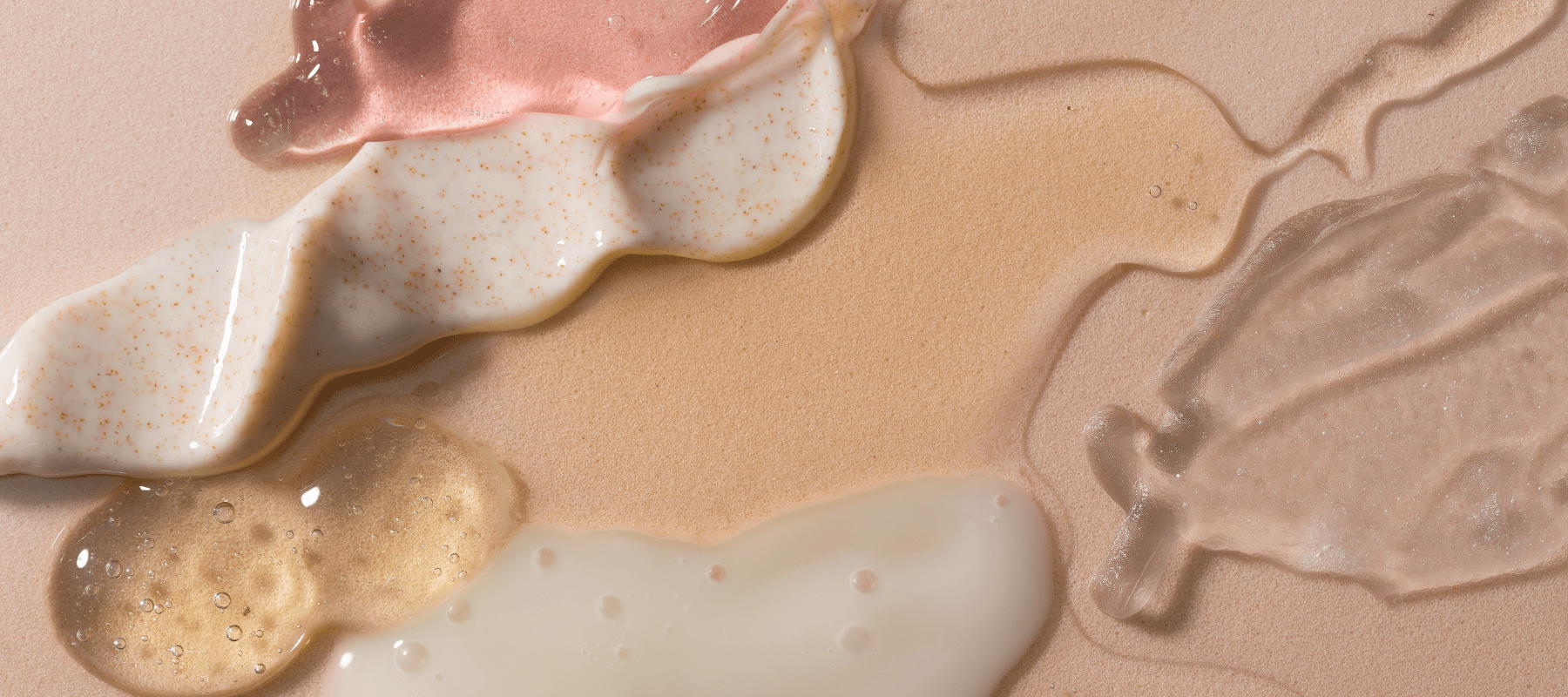
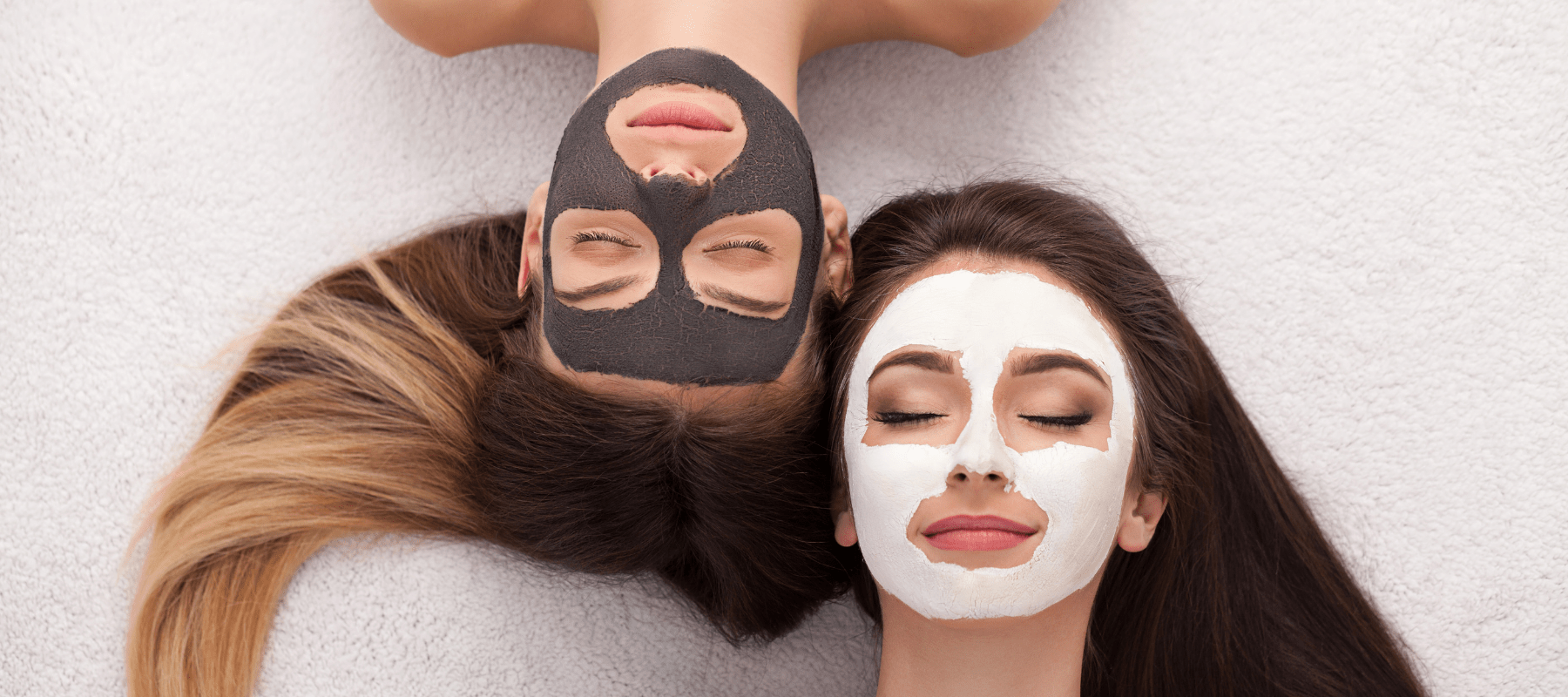
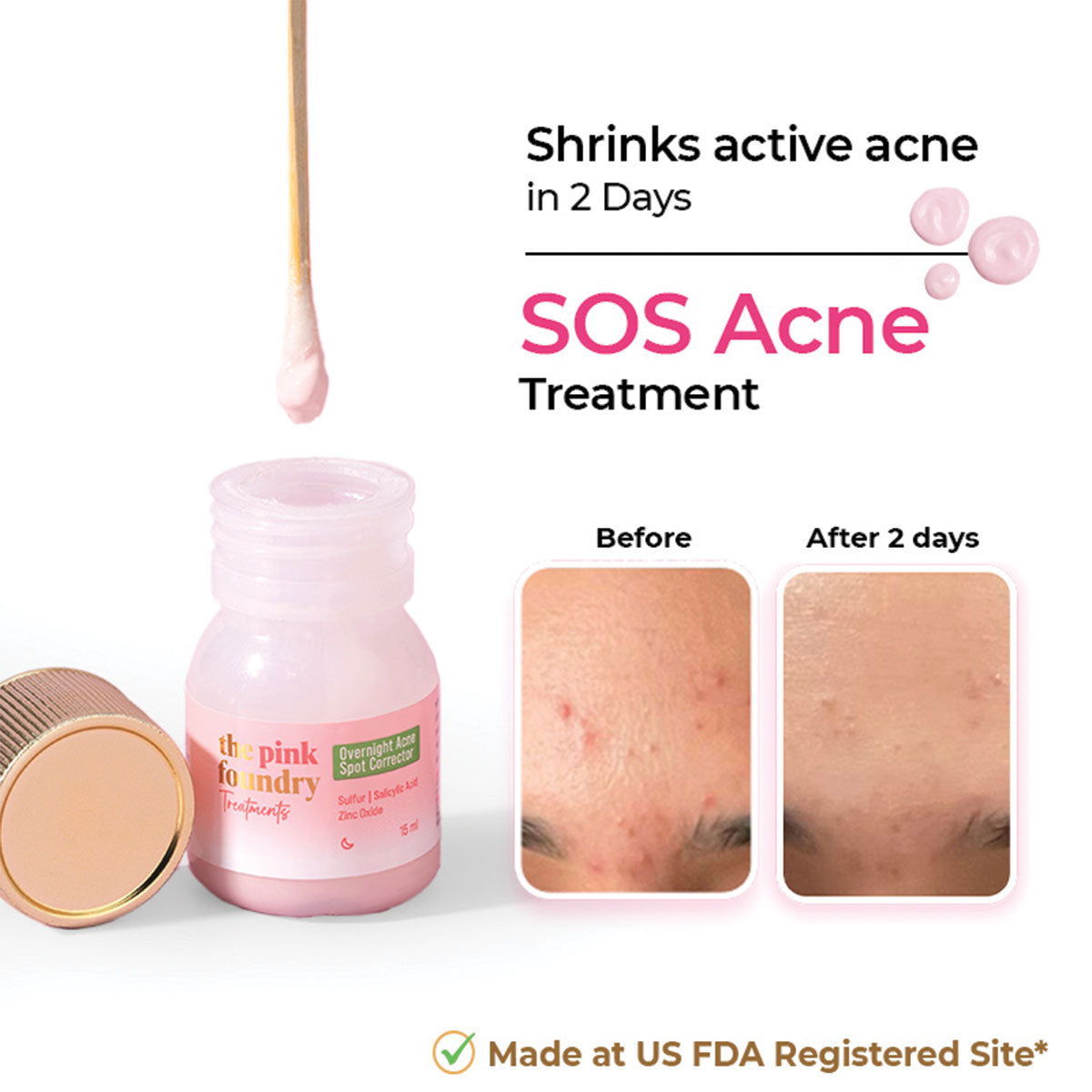
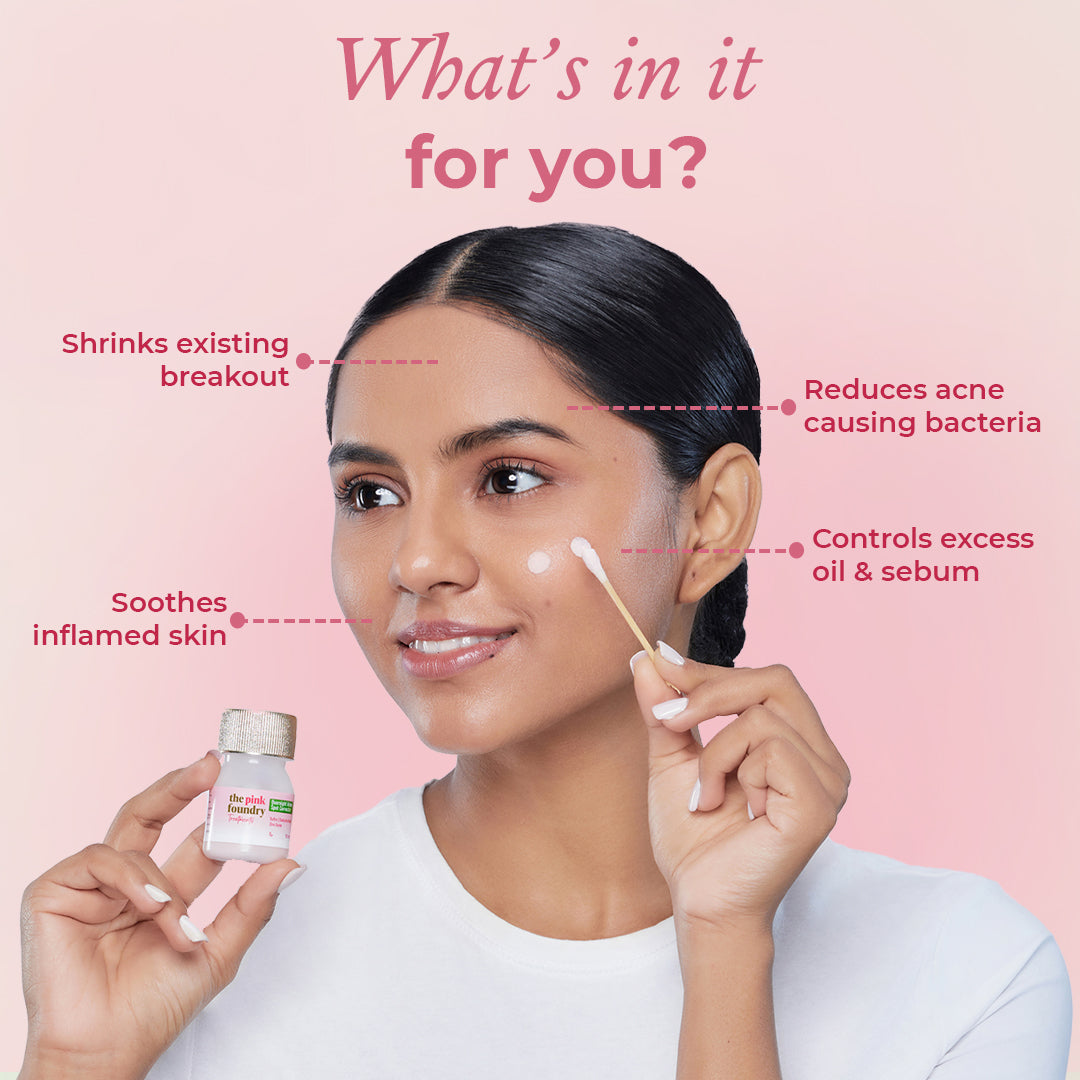
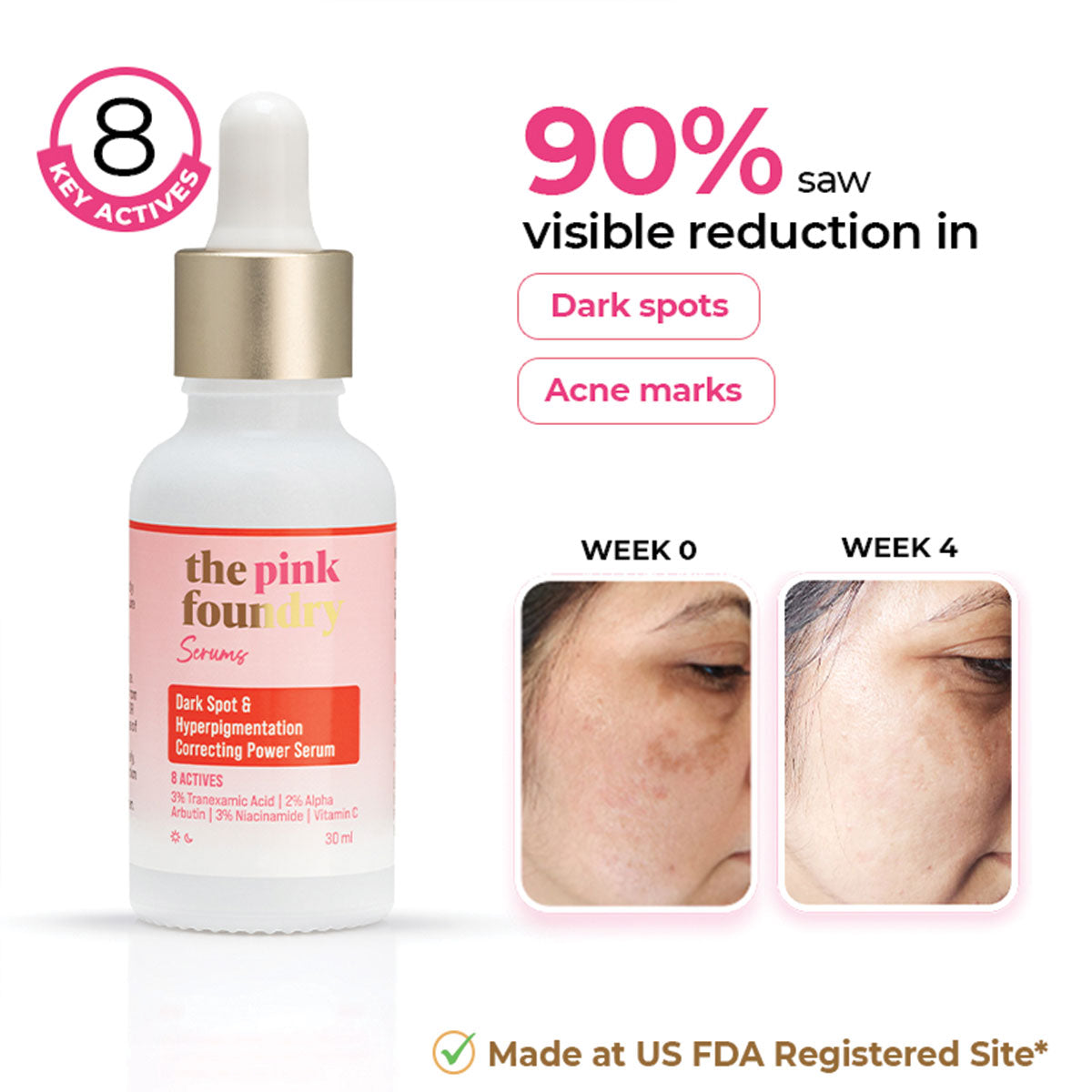
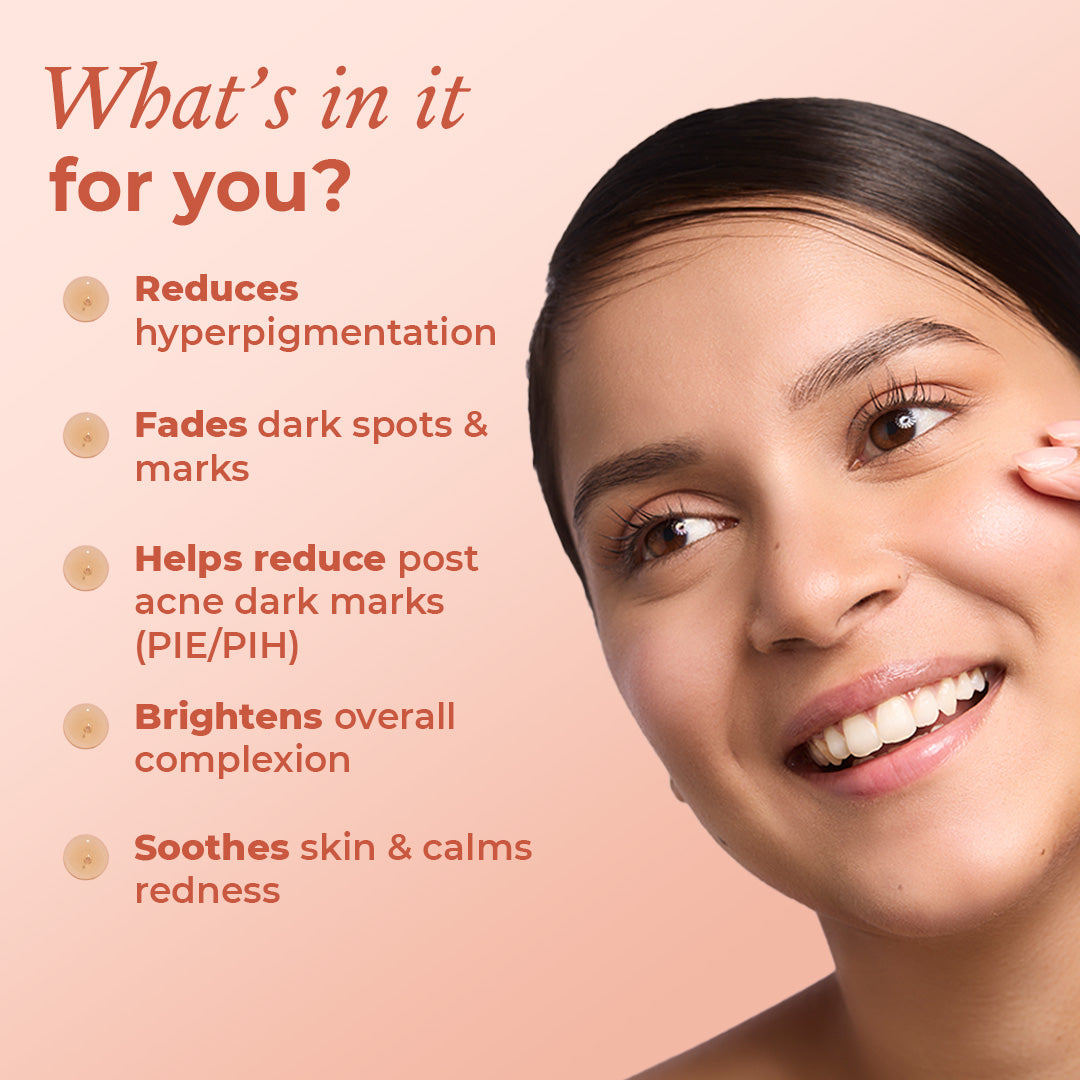
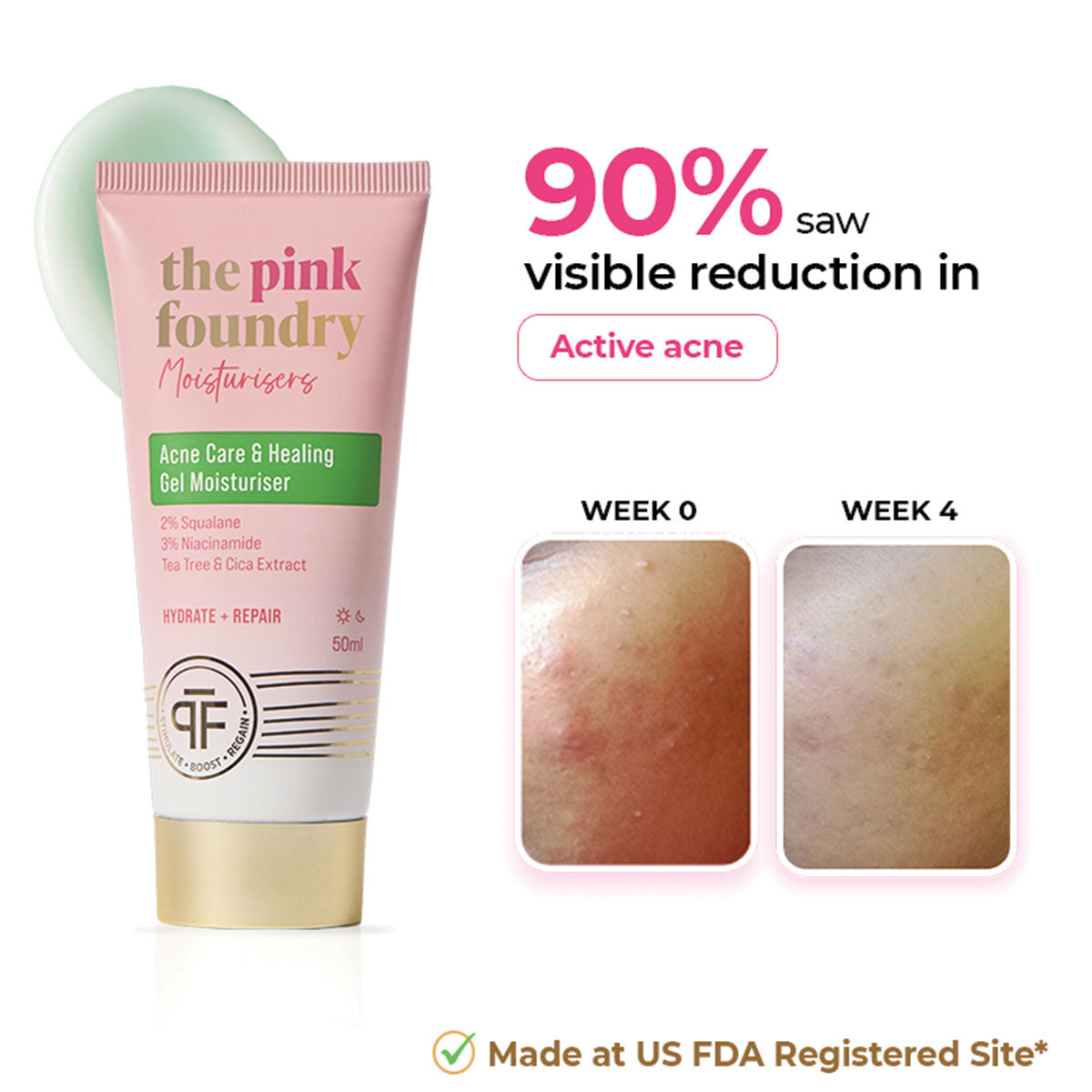
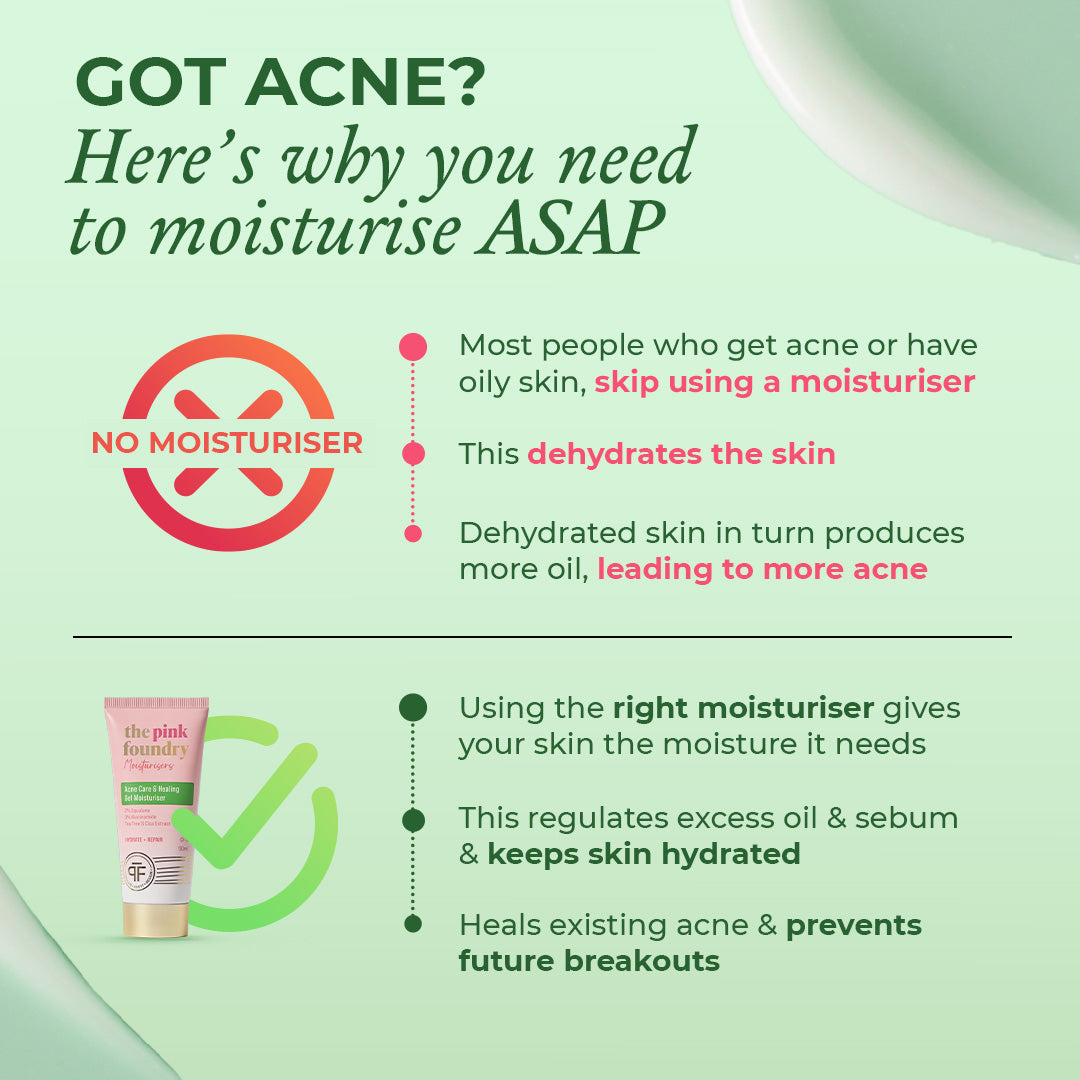
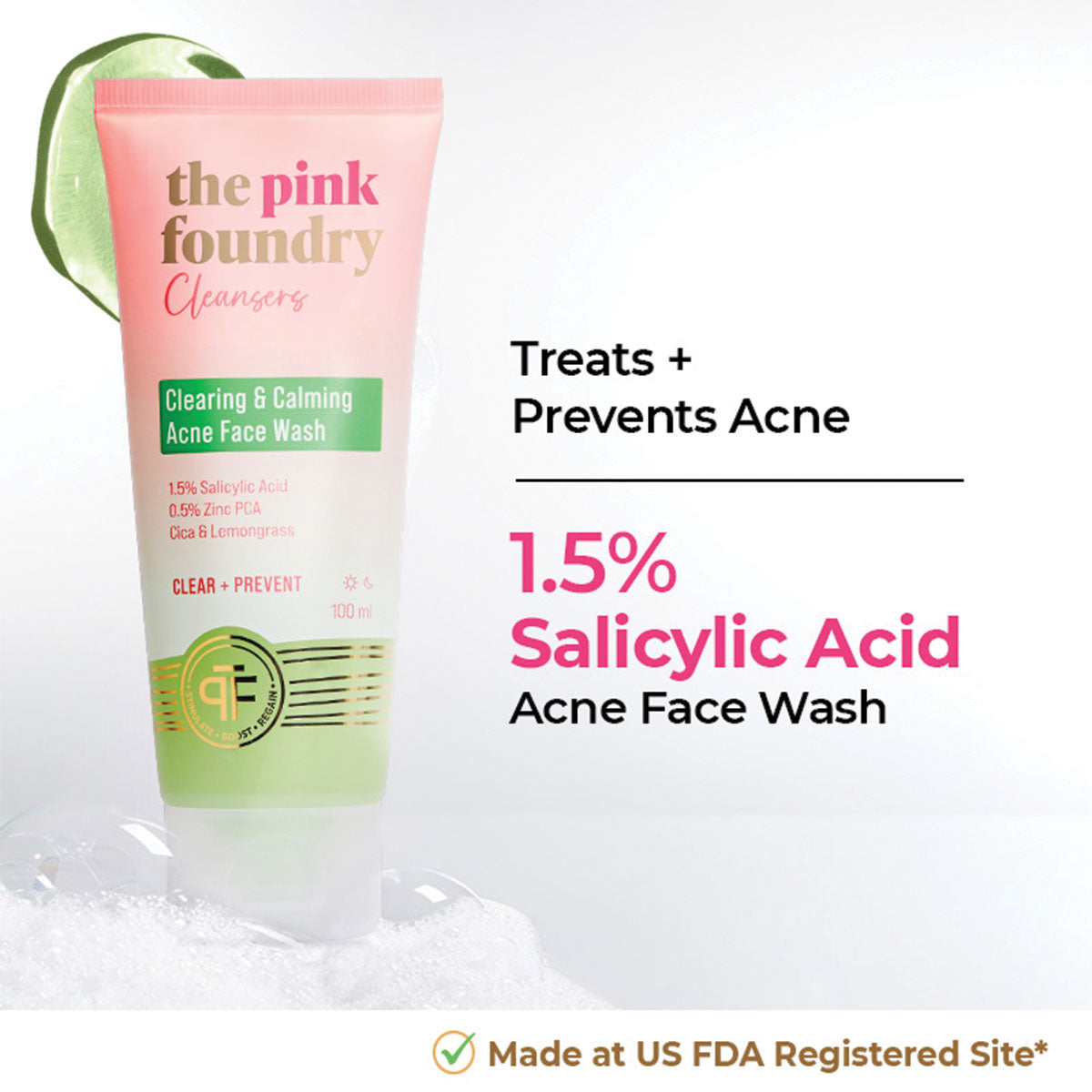
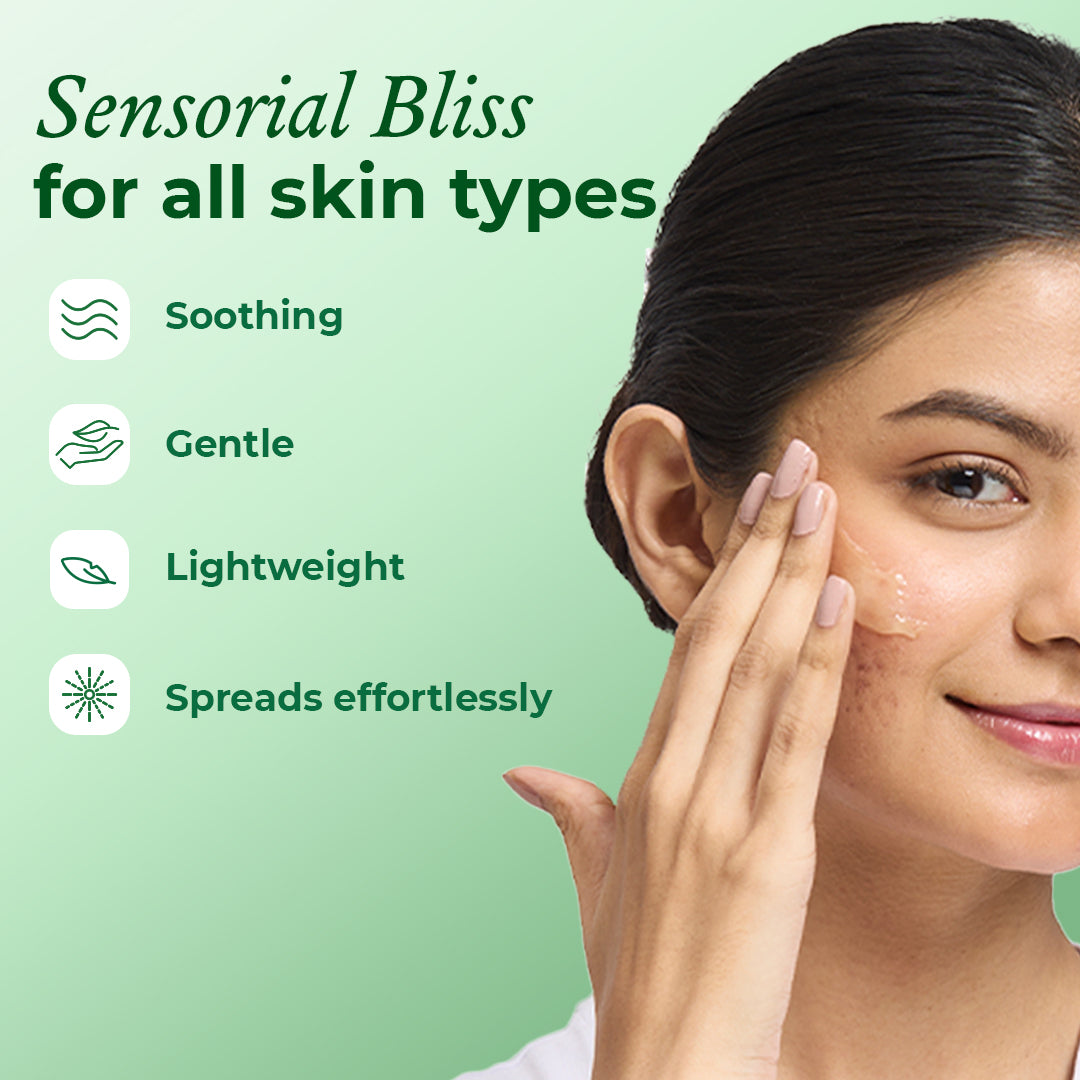
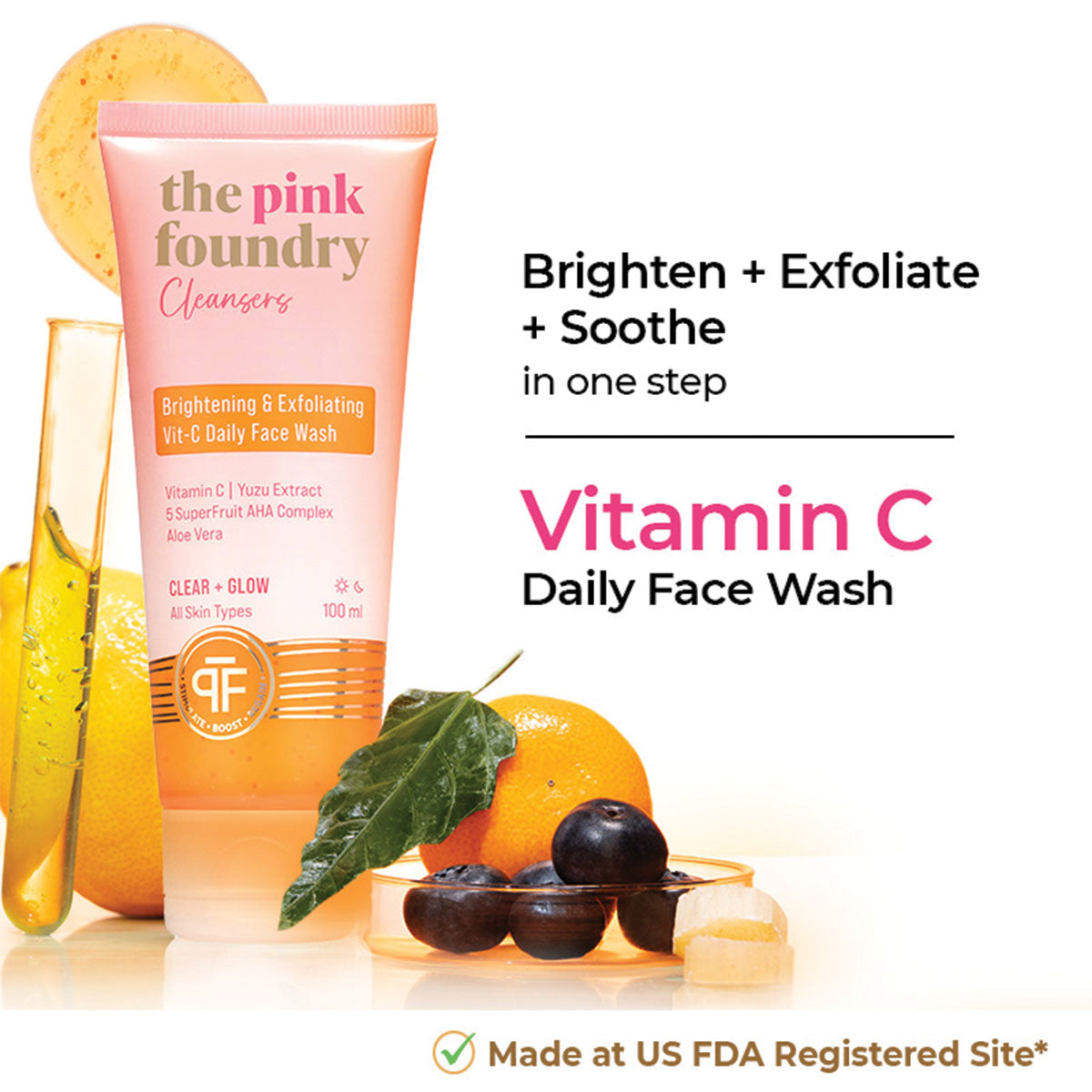
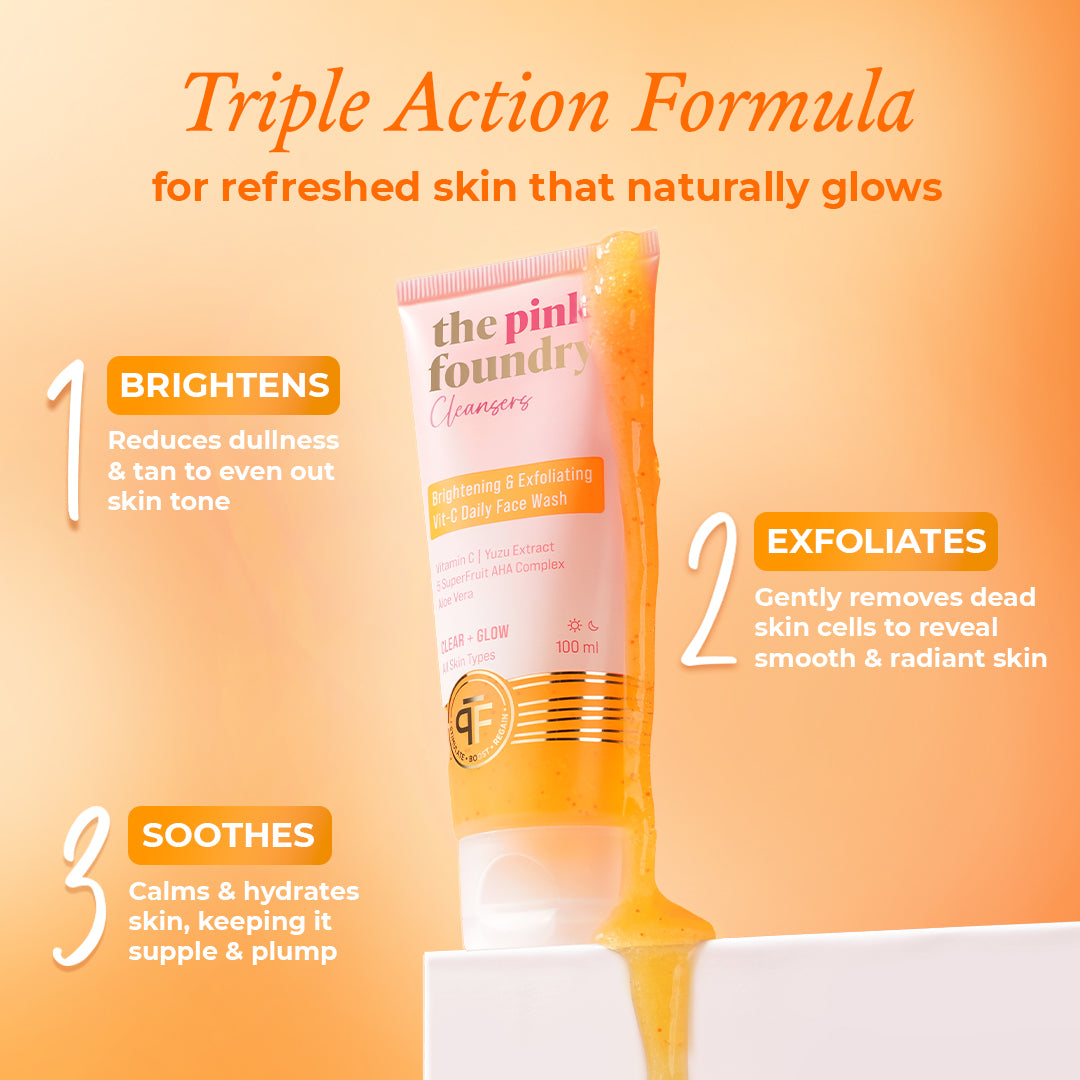

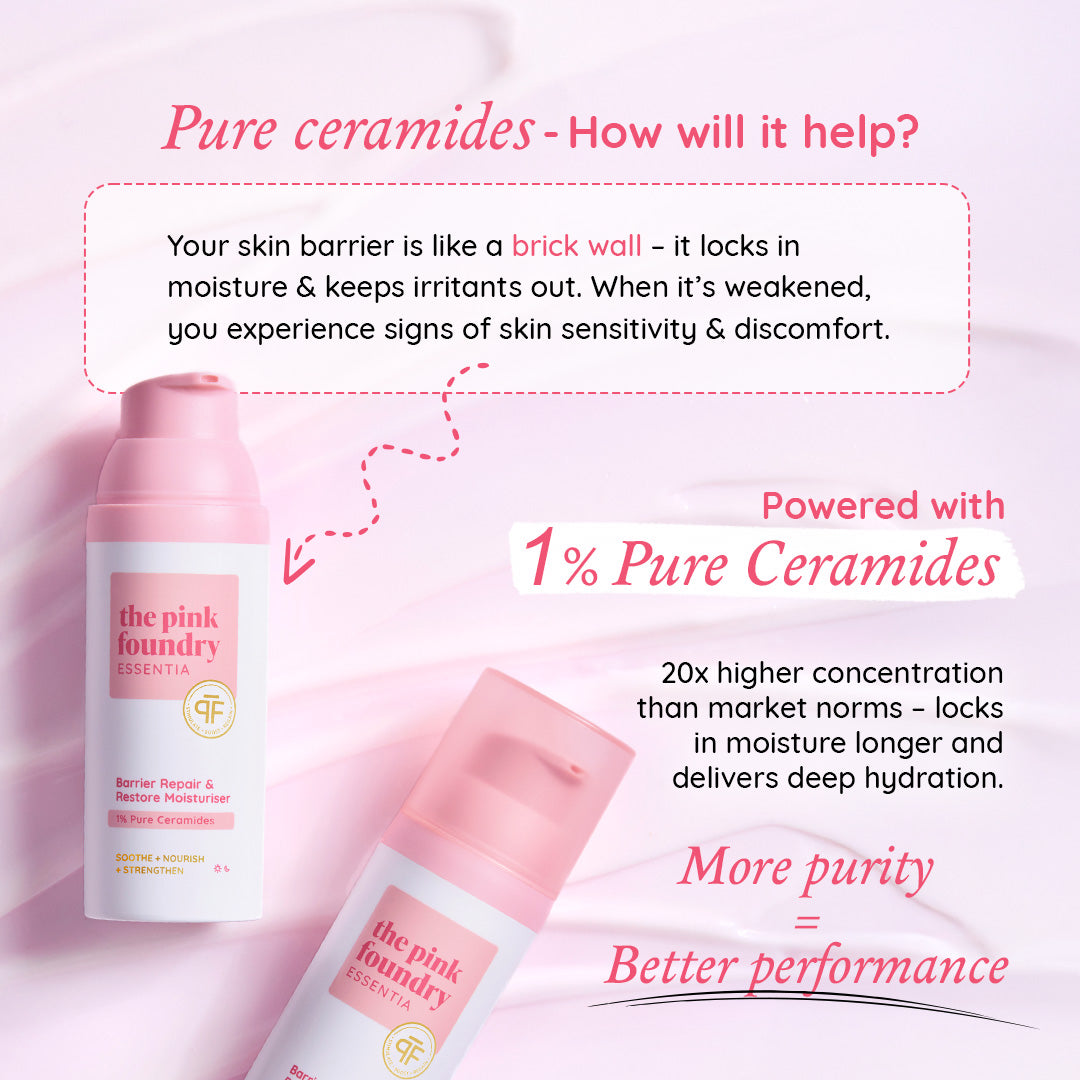




Leave a comment
This site is protected by hCaptcha and the hCaptcha Privacy Policy and Terms of Service apply.